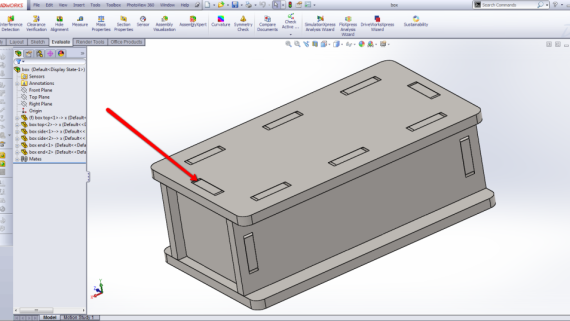KEY METAL FORMING DESIGN GUIDELINES
Consider the embossed hat section with a 0.500-in. Flat section, a 0.200-in. Height, and a 45-degree emboss angle, as shown on the left in Figure 1.It's simple to draw on a computer, but it's impossible to manufacture out of a single piece of sheet metal. Sheet metal design guidelines are followed to design quality sheet metal enclosures. This helps in delivering the product at low cost and faster timelines. Following all sheet metal design guidelines is very difficult in the complex part. Therefore exceptions can be there for complex features design. When using slots and tabs the maximum width of the slot must be greater than the thickness of the tab and the tab length should equal the material thickness. Tabs The minimum width is equal to two times the material thickness or 3.200 mm, whichever is greater, while the maximum length is five times the width.
Res Manufacturing engineered stamping solutions takes every possible step to ensure your metal stamped components are designed and manufactured following best practices.
Holes: Minimum hole diameter should be equal to or greater than 1.2 times the material thickness.
Edge to Holes: The distance between hole and edge should be a minimum of two stock thicknesses.
Hole to Form: Spacing is normally 2.5 times the material thickness plus the bend radius.
Sheet Metal Tab And Slot Design Guide Free

Slot to Form: Spacing for long slots should be at least four times the material thickness plus the bend radius.
Notches & Tabs: Should not be narrower than 1.5 times the material thickness.
Form to Hole: Spacing should be
great enough so that hole distortion does not occur.


Sheet Metal Tab And Slot Design Guidelines
Corners: Should be as generous as possible to facilitate manufacturing. Normally, the punch and die radius should be a minimum of four times the material thickness.
Squareness: Normal variation on formed 90-degree bends is usually within plus or minus 1 degree.
Flatness: Should not be over-specified. Requiring flatness of less than .003in./in. may require a secondary operation at added expense.

Slot to Form: Spacing for long slots should be at least four times the material thickness plus the bend radius.
Notches & Tabs: Should not be narrower than 1.5 times the material thickness.
Form to Hole: Spacing should be
great enough so that hole distortion does not occur.
Sheet Metal Tab And Slot Design Guidelines
Corners: Should be as generous as possible to facilitate manufacturing. Normally, the punch and die radius should be a minimum of four times the material thickness.
Squareness: Normal variation on formed 90-degree bends is usually within plus or minus 1 degree.
Flatness: Should not be over-specified. Requiring flatness of less than .003in./in. may require a secondary operation at added expense.
L-Shaped Parts: Should include a bend relief notch to avoid cracking or fracture.
Grain Direction: Constraints are particularly important in harder stock. The line of sharp V-bend should not be parallel with the grain direction, otherwise cracking or fracture is likely to occur.
Burrs: Burrs are a result of the normal stamping process. Burrs on the outside of a bend may create fractures. Burr height will range up to 10% of material thickness. Burrs can be removed utilizing a number of different processes.
Shapes: Round is the easiest to draw, followed by square with adequate corner radii. Irregular shapes and those that combine two basic shapes into one are much more difficult and costly to produce.
Feature Distortion: Distortion is more likely to occur when various design features like holes or slots are too close to an edge, form, or each other. This is more apparent in drawn parts, which undergo much more deformation than formed parts.
Slots & Tabs
Slots & Tabs
I am trying to write a design standard for slot and tabs and am not even convinced it will work on a large scale.